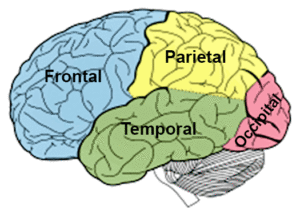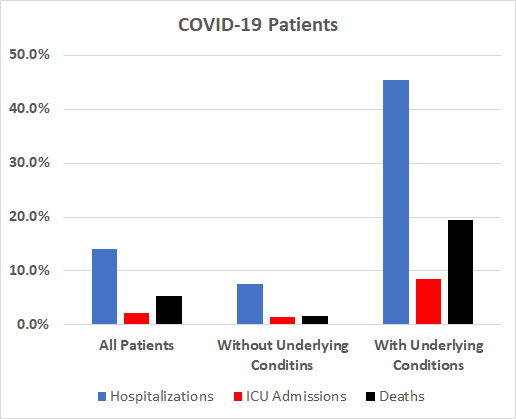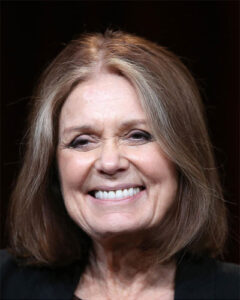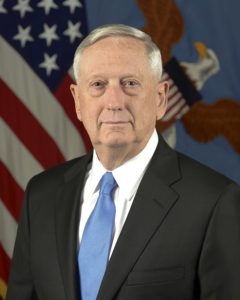I’ve never really given much thought to how we learn and store language. If pressed, I’d have guessed that we had a language database somewhere in the neocortex that pairs words with meanings. I’d also have envisioning this cerebral dictionary growing over time as we learn new words, new uses for existing words, and foreign languages. As it turns out, our brains are a lot more sophisticated than that.
 Our neocortex assumes responsibility for the higher-order brain functions of sensory perception, cognition, motor control, spatial reasoning, and language. It is divided into four pairs of cerebral lobes:
Our neocortex assumes responsibility for the higher-order brain functions of sensory perception, cognition, motor control, spatial reasoning, and language. It is divided into four pairs of cerebral lobes:
The frontal lobes engage in planning, problem-solving, decision-making, and behavioral control. They provide an awareness of our own thought processes as well as our ability to predict what others will be thinking or doing.
The parietal lobes process somatic (pertaining to the body) sensory information including touch, pressure, pain, heart, cold, and tension.
The occipital lobes are the main centers for visual processing (size, depth, texture, spatial orientation, color).
The temporal lobes engage in long term memory processing, audio processing (hearing), language comprehension, and emotional responses. Visual areas interpret sensory input – i.e., identifying objects (including facial expressions and body language) and anticipating what they might do.
These descriptions make it appear as though the brain supports a clear delineation of responsibilities for the various functions it performs. Science tells us otherwise. As a case in point, the cortical premotor areas of the frontal lobes and the parietal lobes work together to understand actions, objects acted upon, and locations toward which actions are directed. This collective of perception/action circuits also form a crucial role in language processing.
Through the wonders of brain imaging technologies, neuroscientists have been able to measure activity in various regions of the brain when we use language. In one experiment, subjects were asked to observe, name silently, and imagine using various man-made objects – e.g., hammers, screwdrivers, etc. In all cases, the brain regions that would be employed using these tools fired when the subjects simply called them to mind. This neural circuitry gives us a richer sense of meaning for our otherwise spartan vocabulary. Here’s a simple illustration.
Suppose a pro-business commentator decried government regulation for putting a chokehold on investment. Upon hearing or reading this assertion, our brains would ignite circuitry that would be used to execute a chokehold, visualize a chokehold, and experience a chokehold, even though the original sentence has nothing to do with cutting off air supplies. It’s simply how we’re wired. We imagine or simulate the words we speak or hear in a sensory way.
Great authors and orators understand this dynamic. Their words leap off the page/podium and create vibrant imagery in the minds of their readers/listeners. For example, when Toni Morrison describes a little girl’s dress as “lemon drop yellow,” I not only see the color, but I’m firing off taste buds that give me an extra measure of freshness for that Spring fashion choice. Cognitive scientists refer to this construct as embodied language.
Why might our brains work that way? Words underspecify meaning. By themselves, a simple word-meaning pair doesn’t provide enough information to capture what we’re seeing, doing, or experiencing. They don’t help us predict what comes next, what might be expected of us, or what we might be necessary for survival. We recruit resources from across our cerebral spectrum to fill in the blanks.
Of course, not all words evoke multisensory reactions. The pro-business commentator mentioned earlier could have stated that government regulation discouraged investment or limited funds available for investment. We’d come away with the same general meaning. By evoking the imagery of strangulation, the speaker created a much more powerful literary imprint and very likely induced an emotional response.
As we move into the final stages of the upcoming election cycle, I’m playing close attention to the rhetoric employed by candidates for political office and their handlers. While they may not have been trained on embodied language, they’re certainly availing themselves of its precepts. There’s quite a lot of trafficking in words and imagery that engender fear and anxiety. Those emotions play upon our survival instincts. I hope and pray that the electorate separates their visceral reactions to this onslaught and makes informed choices based on facts and reasoned arguments regarding what’s in the best interest of the nation and the world going forward.
Source:
- Jerome Feldman and Srinivas Narayanan, Embodied meaning in neural theory of language, August 2003 (published by Science Direct)










